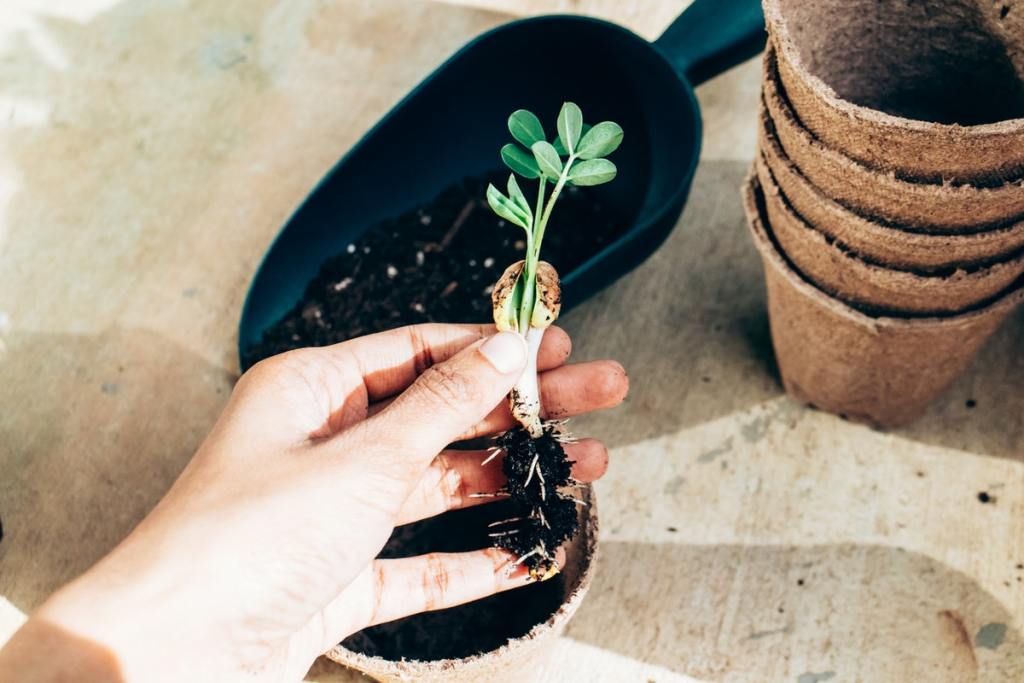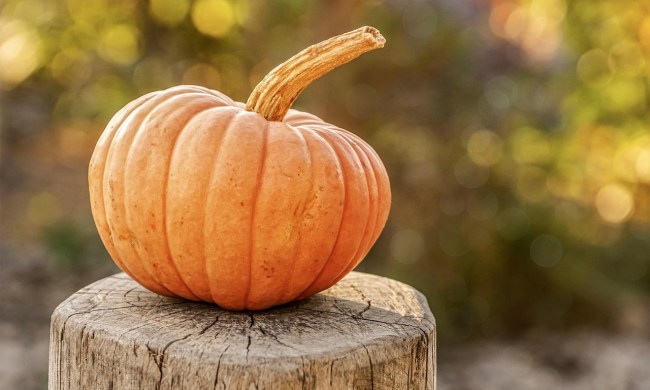Gardeners use a variety of natural products to maintain healthy plants. Blood meal and bone meal are two of the most popular natural organic fertilizers for garden soil. They deliver essential plant nutrients in a minimally processed form that supports good soil health. Blood meal is especially helpful because it’s a significant source of nitrogen, which plants use in higher quantities than other nutrients.
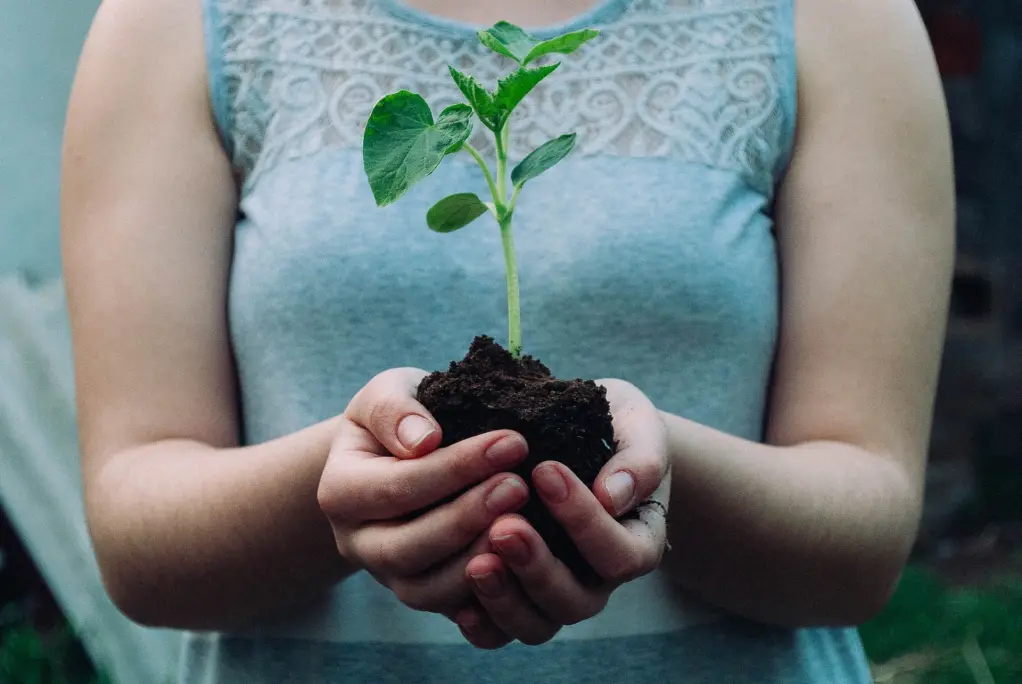
What is blood meal?
Blood meal is a valuable byproduct of beef, pork, and poultry processing plants. Blood is heat treated to eliminate pathogens and remove impurities, and then dried. The dried blood contains 12 to 13 percent nitrogen by weight, making it one of the richest non-synthetic sources of nitrogen plant food.
Benefits of using blood meal for plants
Blood meal offers a host of benefits for garden soil, plant health, and the environment.
- Provide high organic nitrogen content. In order to raise plants with lush foliage, nitrogen is critical. If you’re growing organically, blood meal is the most affordable and efficient plant food for nitrogen-hungry plants.
- Improve soil quality. This rich source of all natural and organic nitrogen nourishes the beneficial microbes that live in the soil, boosting the soil’s organic content. Higher soil organic content fosters deeper root development, improves drainage and water holding capacity, and reduces nutrient leaching.
- Grow healthier plants. A steady supply of organic plant food nourishes plants more efficiently than the up and down levels provided by water soluble alternatives. Blood meal can help you grow a healthier, more vibrant garden.
- Reduce pollution. Blood meal delivers nutrients at nature’s pace. It doesn’t dissolve, but breaks down through biological action. Nitrogen becomes available as plants need it, virtually eliminating fertilizer burn and runoff from over fertilization.
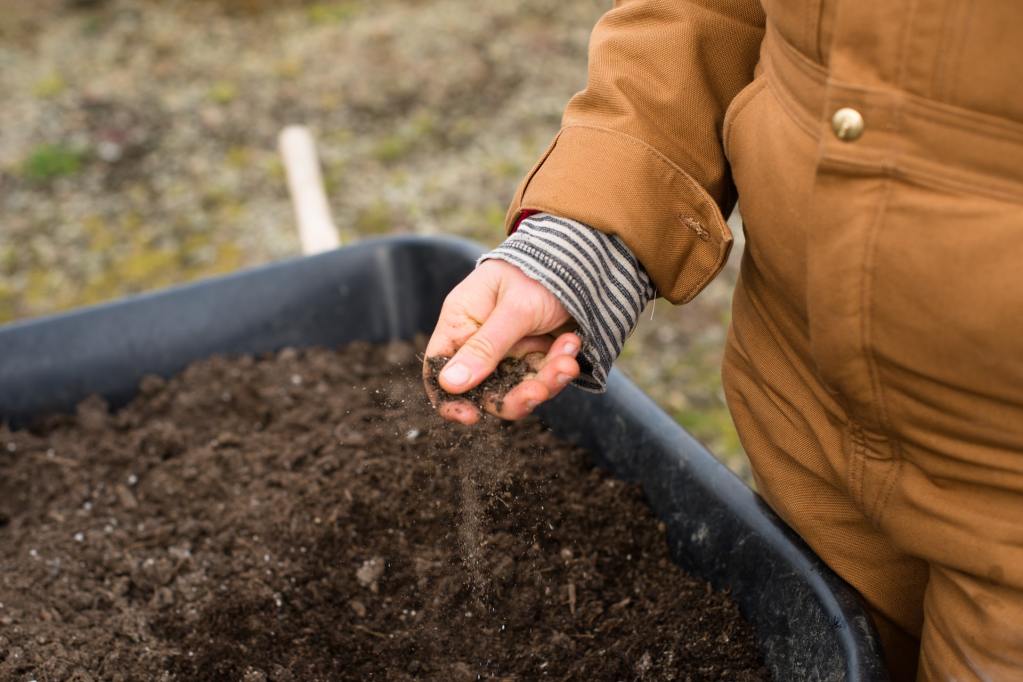
How to use blood meal in the garden
Gardeners use blood meal primarily as plant food. It also works as a compost starter and animal repellent.
Fertilizer
Blood meal is a dry, powdery, or gritty product that is neither “fast acting” nor “slow release.” It doesn’t dissolve in water like a synthetic fertilizer does. Instead, microbes in the soil digest the blood meal particles and then release the nitrogen in a form that plants can absorb. Apply the fertilizer directly on the soil and work it into the surface.
The following numbers are suggested application rates for using blood meal. For best outcome, follow the guidance of soil test results.
- At 13 percent nitrogen, 7.69 pounds of blood meal contains one pound of nitrogen.
- One pound of blood meal is 2.5 cups.
- New garden beds: Apply one to three pounds per 100 square feet.
- New potted plants: Apply one to two teaspoons per gallon of soil.
- Transplanting seedlings: Apply one teaspoon per hole.
- Established garden plants: Apply one to two teaspoons around the root zone monthly.
- Established potted plants: Apply one teaspoon per gallon of soil monthly during the growing season.
Compost starter
Compost systems work most efficiently when the ingredients have a carbon to nitrogen ratio of about 30 to one. Wood chips, straw, dried leaves, and shredded paper products provide much-needed carbon. Weeds, grass clippings, and vegetable scraps are higher in nitrogen, but also contain carbon. Adding high-nitrogen blood meal to the mix will kick start microbe growth for faster composting.
Animal repellent
When deer or rabbits devour garden plants, the best solution is to install a fence. The second best solution is to use an animal repellent. The scent of blood meal scares many plant eaters away for a fraction of the cost of other products. Just sprinkle it in the area that needs protecting and remember to reapply regularly. However, if cats, dogs, or other meat-eating animals are the problem, blood meal could make it worse.
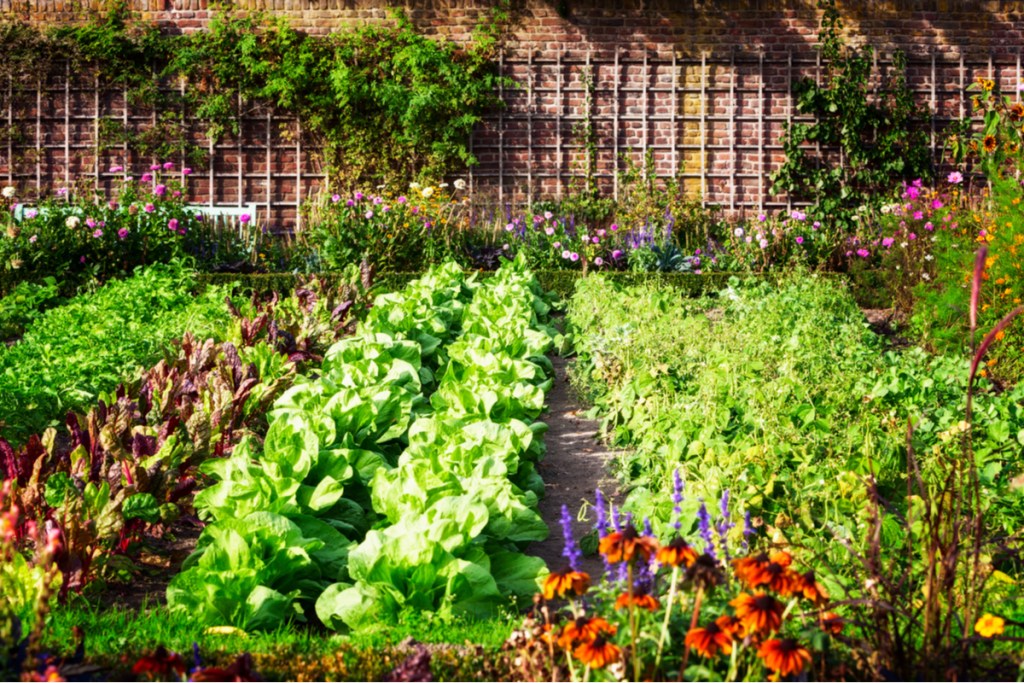
Organic alternatives to blood meal
Blood meal is a safe and economical organic fertilizer. It makes use of a waste product from the food supply chain that could otherwise cause pollution, so in some sense it closes an ecological loop. It’s one of the most affordable sources of organic nitrogen plant food. Plus, blood meal fertilizer works with nature’s processes to feed plants and build soil. Some gardeners, though, may prefer to use other options, and several good ones exist.
High-nitrogen organic substitutes for blood meal
- Feather meal, 12 percent nitrogen
- Fish meal, eight percent nitrogen
- Bat guano, seven percent nitrogen
- Cottonseed meal, six percent nitrogen
- Neem seed meal, six percent nitrogen
Feeding your garden healthy, organic fertilizer doesn’t have to be difficult or expensive. Blood meal supports overall garden health with a steady supply of high-quality nitrogen. It’s safe, inexpensive, and easy to apply.
